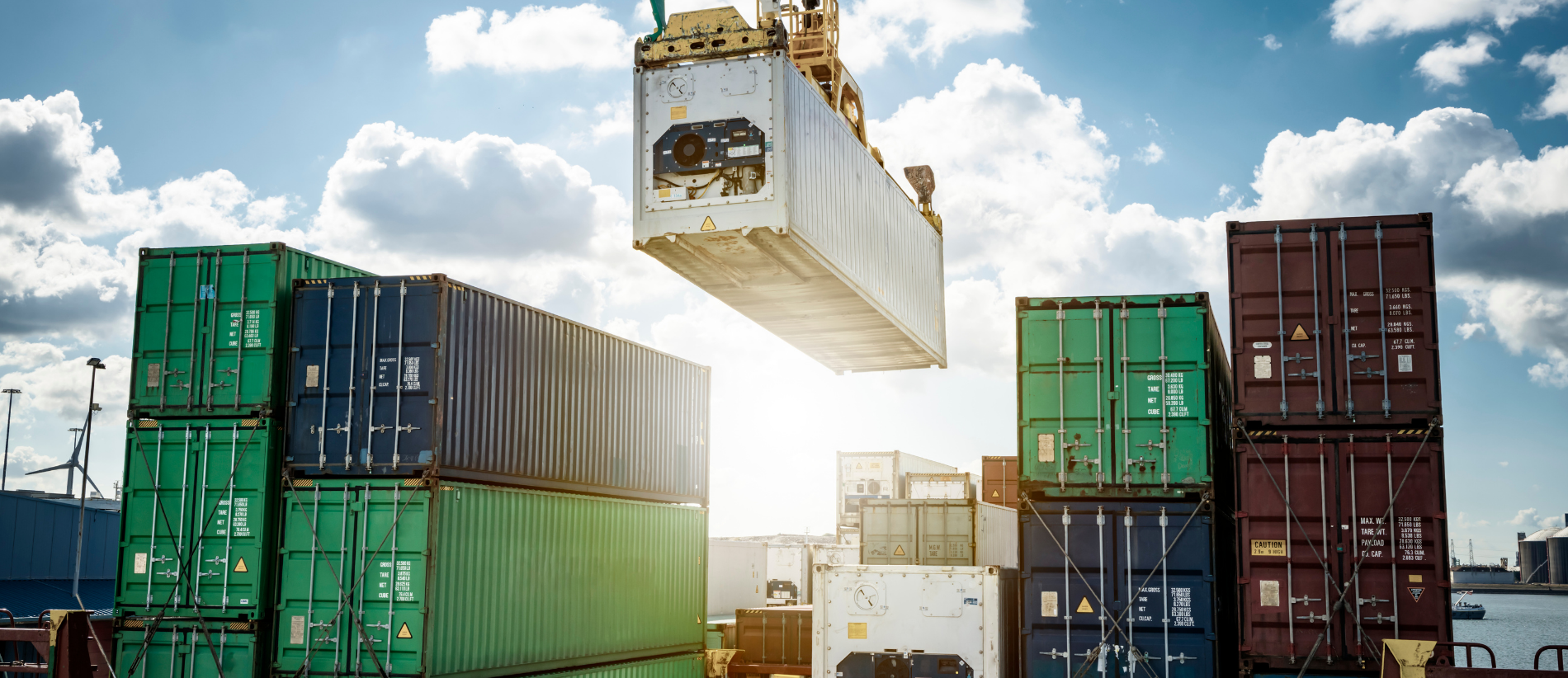In the last year, the cargo insurance market has faced sharply hardening rates as insurers aimed to boost profitability. However, there is now growing evidence of rate stabilisation.
Following more than a decade in a so-called ‘soft’ or buyers’ market with plenty of capacity and competitive pricing, the cargo insurance market started to turn in 2018. Losses had taken their toll: Insurers faced large claims from natural catastrophes like hurricanes Dorian, Harvey, Irma, and Maria as well as the 2015’s Tianjin port explosions. Further, fires on board of container ships such as on the Maersk Honam in 2018 resulted in significant claims.
As part of its efforts to improve profitability in the market, Lloyd’s issued a directive to its syndicates in mid-2018 demanding either improvements or that they exit the market. Consequently, many insurance carriers have withdrawn from certain marine lines of business including cargo. The reduced capacity helped to move prices up. This has, of course, made cargo cover more expensive and difficult to secure for insurance buyers, but the market dynamics are now starting to stabilise as new capacity enters the market after the price correction.
Factors driving optimism in the market
Hardening rates attract further investment from existing insurers as well as new capacity
Tokio Marine HCC is now providing new capacity on both Lloyd’s and company paper
Ki Syndicate (opens a new window) has been established to offer further support capacity behind specific lead syndicates
International General Insurance (IGI) Holdings is now fully established as new capacity in the cargo insurance market
There is a general cargo insurance capacity increase across the London market; it is now estimated at $800 million (USD)
Rumours of further new syndicates set to enter the market
New managing general agents (MGA’S) are expected to surface and add further capacity
2. Fresh appointments suggest renewed risk appetite
AIG has strengthened its offering with the appointment of Rod O’Malley (opens a new window) (ex Starstone)
Andrew Corton has joined (opens a new window) Hiscox ahead of Aimee Nolan (ex Canopius) who will head the team from February
3. Market resilience
The Joint Cargo Committee (JCC) remains proactive and continues to promote the principles of best practice in the cargo market
The cargo market has adapted extremely well to remote working and to utilising the electronic Placing Platform Limited (PPL). London collectively has provided an excellent level of response/service
There is a drive to become even more digital with the launch of online ‘quote and bind’ portals
The improvement in sentiment is taking place despite some large losses registered in the cargo market in 2020.
Major losses in 2020
Nashville Tornado in March 2020 resulted (opens a new window)in claims amounting to $300 million (USD)
The Beirut port explosion in August 2020 caused (opens a new window)sizeable cargo claims and overall marine losses in the region of $250 million
The containership MV ONE Apus lost a significant number of containers overboard during a storm in the mid-Pacific in November 2020. Claims are expected to exceed (opens a new window) $200m. Similar incidents have followed at Maersk (opens a new window), Zim (opens a new window)and Evergreen (opens a new window)vessels with losses estimated up to $100m in total
Recommendations
Despite signs of stabilisation, cargo insurance negotiations are likely to remain tense as insurers aim to protect profitability. For buyers it is therefore important to make detailed risk information available to insurers, with a strong focus on maintenance, risk management, and storage construction occupancy protection exposure (COPE). Insurance buyers should also provide claims details and a completed questionnaire.
Along with the above, buyers should consider the challenges they are likely to face due to Covid-19 and Brexit when negotiating a cargo insurance policy. There are significant limits available for sea, air, road, rail, and storage locations including full catastrophe (CAT) limits which, in some cases, will be annually aggregated.
Lockton’s expertise in the field, combined with our key relationships with all major global insurers means that our advisors are well placed to help you find the best available protection in the market. Our cargo team specialisms include stock throughput (STP) policies, war and strikes, riots and civil commotion (SRCC) clause coverage, equipment property damage, freight and logistics, warehouse legal liability (WHLL), and primary/excess stock.


